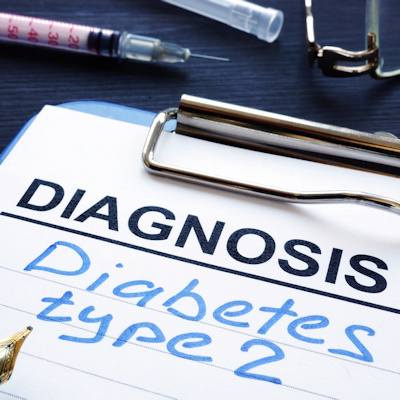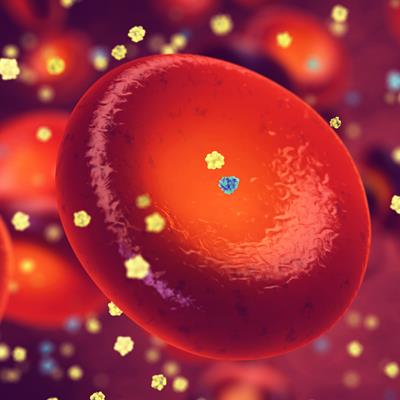February 22, 2023 -- Light-sensitive molecules have enabled researchers to map the genes, enzymes, and metabolites that are implicated in diabetes and metabolic disorders.
The study, details of which were published on Tuesday in Science Signaling, focused on Akt2, an enzyme that is part of the series of reactions that enables humans to metabolize food and convert glucose into energy. Kinases such as Akt2 mediate the molecular reactions that happen after insulin is released from the pancreas in response to the consumption of food.
Researchers at the University of Tokyo wanted to better understand the specific role that Akt2 plays. The range of RNA molecules, proteins, and metabolites simultaneously involved in cellular metabolism makes it hard to study the function of specific biomolecules, but new techniques are taming the challenge.
The Tokyo team combined transomic analysis, also known as multi-omic analysis, and optogenetics to shine a light on the inner workings of cells. Optogenetics technology enabled the researchers to activate Akt2 by exposing it to light. The researchers assessed what happened to proteins, expressed genes, or RNA transcripts and metabolites after Akt2 activation in the transomic analysis.
Applied to mouse skeletal muscle cells, the approach showed the researchers the biomolecules that are produced or degraded in the aftermath of Akt2 activation and, through the transomic analysis, revealed the molecular network map. The map surprised the researchers.
The involvement of Akt2 in pathways triggered by insulin production led the scientists to assume that the enzyme and hormone would have similar regulation mechanisms. That was not the case. The network regulated by Akt2 included 9 genes, 56 metabolic enzymes, and 23 metabolites. The insulin-regulated network included 32 genes, 43 metabolic enzymes, and 18 metabolites.
Analysis of the map showed that Akt2 both acts alone and works with other enzymes, depending on the metabolic reaction, and revealed the important roles that the kinase plays. The researchers highlighted the role Akt2 plays in initiating glycolysis, the process of breaking down glucose to produce energy, and the synthesis and breakdown of DNA and RNA as key functions. Takeaki Ozawa, one of the authors of the paper, sees the findings as a launchpad for further research with therapeutic applications.
"These results can contribute to elucidating the mechanisms of disease onset caused by mutations in Akt2 function," Ozawa said in a statement. "They can also help the development of drugs targeting Akt2. The analytical framework used in this study is applicable to other biomolecules too. So, this approach is versatile to analyze the function of a specific enzyme inside a cell."
Copyright © 2023 scienceboard.net









